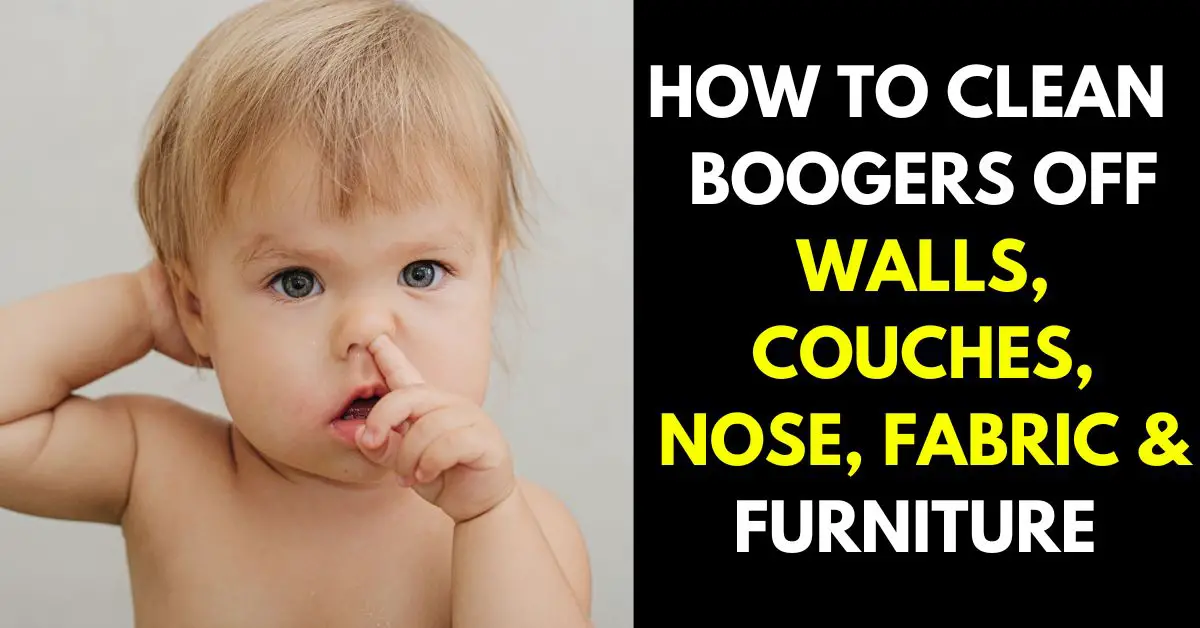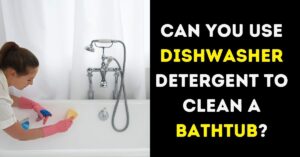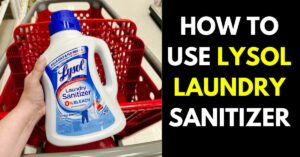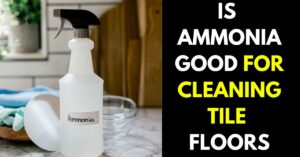
Boogers – they’re a fact of life, especially for young children. But when those pesky little buggers find their way onto walls, furniture, or even your nose, it can be a frustrating and embarrassing situation. The good news is that cleaning boogers off various surfaces can be a relatively easy task if you know the right methods and tools to use. In this cleaning guide, we’ll explore how to clean boogers off walls, furniture, nose, couches, and fabrics. Whether you’re a parent dealing with a messy toddler or just someone who’s had a runny nose, this guide will equip you with the knowledge to tackle those stubborn booger stains and keep your home looking clean and tidy. So, let’s dive in!
What Is Booger?
A booger, also known as a dried nasal mucus or snot, is a small, semi-solid mass that forms inside the nose when mucus mixes with dirt, dust, pollen, or other small particles in the air.

When you breathe in air, tiny hairs in your nose called cilia help to filter out these particles and trap them in the mucus that lines the inside of your nasal passages.
Over time, the mucus dries out and hardens, forming a booger. Although boogers may not be particularly pleasant, they actually serve an important function in helping to keep your respiratory system healthy by trapping potentially harmful particles before they can reach your lungs.
Are Boogers Harmful?
In general, boogers are not harmful, and they serve an important function in helping to keep your respiratory system healthy by trapping potentially harmful particles before they can reach your lungs. However, if you have an excessive buildup of boogers, it could be a sign of an underlying health condition, such as allergies, sinusitis, or a cold.
Why Is My Nose Full of Dry Boogers?
There are several possible reasons why your nose might be full of dry boogers. One common cause is dry air. When the air is dry, the mucus in your nose can dry out, making it more likely to harden and form boogers. This can be particularly common during the winter months when indoor heating can make the air inside your home even drier.
Another possible cause is allergies or sinusitis. When you have allergies or sinusitis, your body produces more mucus than usual, which can lead to the formation of boogers. In addition, allergies can cause inflammation and swelling in the nasal passages, making it harder for mucus to flow freely and increasing the likelihood of booger formation.
Other possible causes of dry boogers include:
- Dehydration: Not drinking enough water can cause your mucus to become thicker and stickier, making it more likely to harden and form boogers.
- Medications: Some medications, such as antihistamines and decongestants, can cause dryness in the nose and lead to the formation of boogers.
- Nose picking: Picking your nose can irritate the lining of your nasal passages and lead to the formation of boogers.
What Is the Best Way to Clean Boogers?
The best way to clean out boogers is by using a saline solution. Saline is a sterile solution of salt and water that can help to soften and loosen the mucus in your nasal passages, making it easier to blow your nose or remove the boogers. Saline can be used in several forms, including drops, mists, or sprays.
To use saline drops, lie down with your head tilted back and put a few drops of the saline solution in one nostril. Allow the drops to sit for a few minutes, and then blow your nose gently to remove the loosened mucus and boogers. Repeat this process on the other nostril.
You can also use a saline mist or spray by inserting the nozzle into your nostril and spraying the solution into your nasal passages. This can help to moisturize and cleanse your nasal passages, making it easier to breathe and removing any boogers.
How to Clean Boogers Off Walls
Cleaning boogers off walls can be a bit tricky, but there are a few ways to do it effectively. One option is to use a saline solution, such as Boogie Wipes, which can help to dissolve the mucus and make it easier to wipe away.
To clean boogers off walls using saline wipes, follow these steps:
- Grab a few saline nose wipes or a clean cloth and moisten them with the saline solution.
- Gently rub the moistened wipes or cloth directly on the boogers to loosen them.
- Once the boogers have been loosened, use a clean, dry cloth or paper towel to wipe them away.
- If there are any stubborn boogers that won’t come off, repeat the process until the wall is clean.
How to Get Boogers Off Furniture
Getting boogers off furniture can be a bit more challenging than cleaning them off walls, but there are a few ways to do it effectively. Here are some steps to follow:
- Start by using a soft-bristled brush or vacuum cleaner attachment to remove any loose particles or debris from the furniture surface.
- Next, moisten a clean cloth with warm water and wring it out well. Gently wipe the booger with the damp cloth to try to remove as much of it as possible.
- If the booger is still stuck on the furniture, you can try using a mixture of mild dish soap and warm water. Dampen a clean cloth with the solution and gently rub the affected area in a circular motion.
- Be careful not to use too much water, as this can cause water stains or damage to the furniture. After you have removed the booger, use a clean, dry cloth to blot the area dry.
- If the booger is still stuck on the furniture, you can try using a small amount of rubbing alcohol on a clean cloth. Rub the affected area gently in a circular motion until the booger is removed.
How to Get Boogers Out of Nose
Getting boogers out of your nose can be uncomfortable, but there are a few ways to do it safely and effectively. Here are some steps to follow:
- Blow your nose gently to remove any loose mucus and boogers.
- If the boogers are dry and difficult to remove, you can use a saline nasal spray or drops to help moisten the nasal passages and loosen the boogers. Follow the instructions on the packaging for how to use the saline solution.
- Once the nasal passages are moistened, you can try blowing your nose again to remove the loosened mucus and boogers. Be sure to blow your nose gently to avoid causing any discomfort or irritation.
- If the boogers are still stuck, you can try using a clean tissue or cotton swab to gently remove them. Be careful not to insert the tissue or swab too far into your nose, as this can cause irritation or injury to the nasal passages.
How to Get Boogers Off Leather
Removing boogers from leather can be a delicate process to avoid damaging the leather. Here are some steps you can take to safely remove the boogers:
- Soften the booger: Use a warm, damp cloth to gently apply pressure to the booger.
- Use a clean cloth: Once the booger is softened, use a clean cloth to gently wipe it away. Be sure to use a soft cloth that won’t scratch or damage the leather.
- Apply a leather cleaner: If the booger has left a stain or residue on the leather, you may need to apply a leather cleaner. Choose a cleaner specifically designed for leather and follow the instructions carefully.
- Buff the leather: After removing the booger and applying the cleaner, use a clean, dry cloth to buff the leather. This will help to restore its shine and remove any remaining residue.
How to Get Boogers Out of Fabric
To get boogers out of fabric, you can follow these steps:
- Don’t rub or smear the booger. This can push it deeper into the fabric and make it harder to remove.
- Use a blunt object, such as a spoon or a dull knife, to gently scrape off as much of the booger as possible.
- Apply a small amount of liquid laundry detergent to the area and gently rub it in with your fingers.
- Rinse the fabric under cool water, making sure to remove all of the soap.
- Check to see if the booger has been removed. If not, repeat steps 3 and 4.
- If the booger still remains, you can try using a stain remover or pre-treatment solution. Apply a small amount to the area and let it sit for a few minutes before rinsing it off.
- Finally, launder the fabric as usual, following the care instructions on the label.







